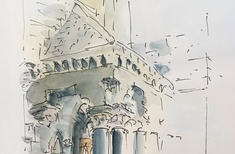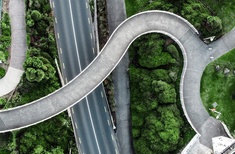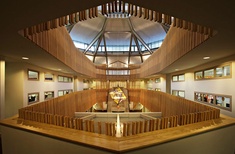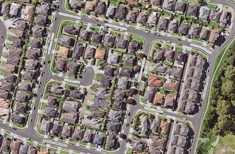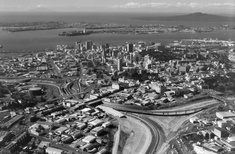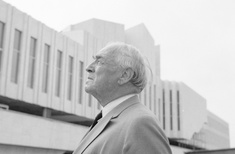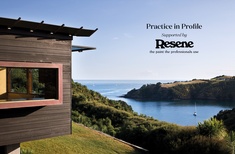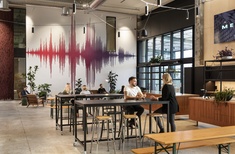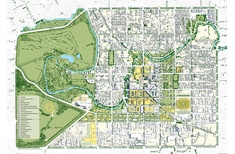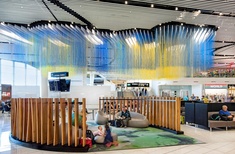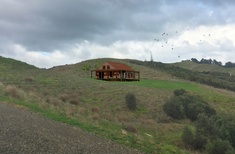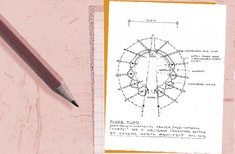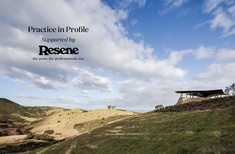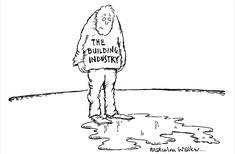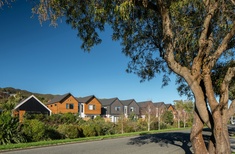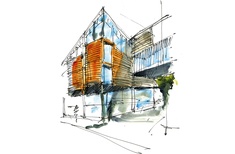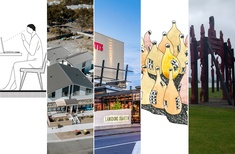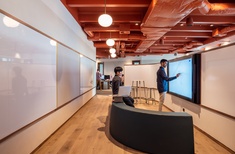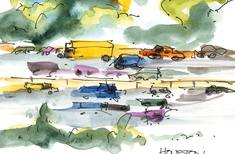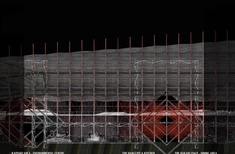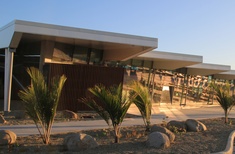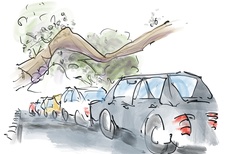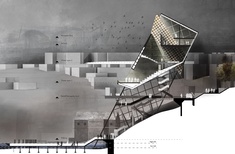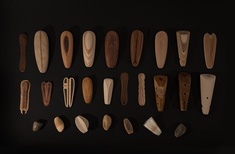Practice
RSSData expert Gabriela Mazorra explores what the cities of our future need in order to create healthy environments and inhabitants and how some urban areas around the world are leveraging data to meet these needs.
Karamia Müller notes: “Architecture does touch everybody. This is its ecstasy. And it is this quality that makes the debates underpinning the profession, the practices and the community of practitioners so compelling and critical.”
Pip Cheshire writes about the critical place anticipation and agency have in our trade. “We spend most of our time making marks and orchestrating events with long gestations and repercussions well beyond our formal engagement.”
Te Kāhui Whaihanga responds to an editorial published in Architecture NZ magazine saying, “…a high level of competency in [sustainability] must be maintained by architects throughout their careers.”
Architecture NZ editor Barton notes a lack of language regarding sustainability in our professional bodies’ codes. “Distressingly … there is no mention of climate change in the NZRAB’s code.”
Matthew Paetz grapples with new density controls in the National Policy Statement on Urban Development 2020, perhaps the most significant government policy for cities in Aotearoa New Zealand of the past 30 years.
The whare (whare tangata) builds the people, the people build the whare. Sarah Bookman and Seth Schanzer reflect on losing the site of the Auckland Hebrew Congregation and Kadimah School.
Dr. David Turner revisits Auckland’s Unitary Plan and explores how the housing density changes implemented by it have affected urban development since 2016.
Pip Cheshire discusses the architects’ role in saving the world: “At issue, though, is whether we architects can effect any meaningful change in our bailiwick…”
As a sort of homage to the late architect and New Yorker Michael Sorkin and his book Twenty Minutes in Manhattan, columnist Karamia Müller muses on her 20-minute walking commute through the City of Sails.
Anthony Hoete traces 30 years of the slow road to Te Ao Māori architecture in Aotearoa and the quest to reconcile colonial traditions and European influences with a sustained interest in the indigenous project.
Please no, not Alvar Aalto. Finnish female director Virpi Suutari’s brilliant examination, Aalto, lays bare some uneasy home truths about the man lauded as an icon of modernism.
This NZIA Gold Medal Award 2020 recipient reflects on the forces that have shaped his architectural practice.
Senior interior designer at Warren and Mahoney, Gabrielle Gatt, discusses her research on flexible, unassigned workplaces.
In her first column for Architecture NZ, Dr Karamia Müller asks: “When we celebrate the best, is it for the best?”
Pip Cheshire: “…it seems a fair assumption to me: that is, that aside from making private delights, we might also do our best on main street for the body politic”.
Barton notes, “…the government received plenty of really good advice on what to do from a variety of people, notably the ‘Share an Idea’ urban planning community-involvement exercise … which the government mostly ignored.”
The University of Auckland’s Dr Charles Clifton explores what 10 years of engineering research after the Christchurch earthquakes has taught us about building resilient structures.
Respond Architects’ Joe Lyth takes his own house as a case study on creating warm, dry homes on a budget and explores the reasons why the health of a home isn’t always a priority.
This essay by Heidi North, which was highly commended in this year’s Warren Trust Awards for Architectural Writing, explores the design of an agnostic place of contemplation by New Zealand architect Graeme North.
Pip Cheshire traverses influences in his design practice, from the shoebox to Donald Judd to Don Clarke to the raw and the cooked.
Lynda Simmons muses: “For me, architectural conversations are important because, quite simply, there is so much to think about and, therefore, talk about.”
Peter Dyer delves into the thorny issue of whether or not targeted repair might be a better solution to New Zealand’s ongoing leaky buildings saga.
Architect James Solari chats with ArchitectureNow editor Ashley Cusick about New Zealand’s changing housing landscape and how the industry can embrace higher-density living.
Pip Cheshire muses, “…the phoenix-like re-emergence of the design press after the woes of COVID’s first assault has begot a major thirst for content.”
The Government and industry bodies are finally taking a policy stand on climate change in the built environment. Architecture NZ editor Barton explores how these compare and how they might play out.
Mike Austin reflects on his decades of research and teaching on the building forms he has encountered in the vast territory of the Pacific.
Take a look at the topics that dominated our discourse this year from post-COVID architecture, to the importance of drawing, to diversity in the field and more.
Unispace New Zealand’s Kate Horton and Harry Rowntree use the company’s latest data on client opinions from their WorkReady survey to assess what the evolution of Kiwi workplaces might look like.
“The desire to return to ‘normal’ is a potent motivation but there is an awful feeling that perhaps this time we may have ‘cooked our goose’…” Pip Cheshire muses on the future of Queen St.
Lynda Simmons looks forward to the day when architectural students can move between Māori and Pākehā systems of learning.
Christopher Kelly reflects on wilfulness and how Architecture Workshop navigates its way by a series of design intents.
This short documentary film explains the collaborative design process for the new airport terminal at New Plymouth – Te Hono.
The Architecture NZ editor weighs in on experts’ claims that sustainable buildings will become mainstream in a post-COVID era.
Pip Cheshire dreams of a ‘planner-free zone’, where tradition is set aside in favour of research, analysis and innovation.
“I need to close my eyes often when looking at projects on screens, in a feeble attempt to control the visual information as the architectural object rotates,” Lynda Simmons laments.
Rochelle Ade has just completed a social housing case study in Auckland and now asks if “green” rating systems actually live up to their claims.
The effects of healthy obsessions on architecture can be profound. The challenge for architects now will be creating something that also deals with fear: something inspirational and uplifting.
As part of its new brand identity, Jasmax designed a 3D printed take on the kōauau (traditional Māori flute) to gift to its staff. Here, the team behind the design tells us more about its inception.
What does the AEC industry’s new normal look like? Maria Mingallon brings us direct applications of artificial intelligence that could revolutionise our work lives.



